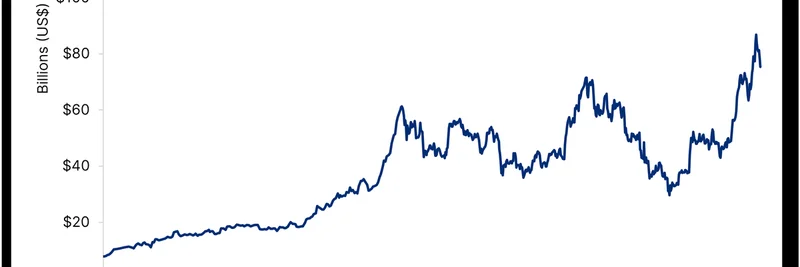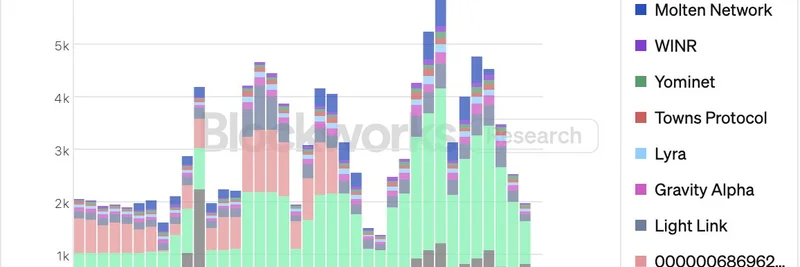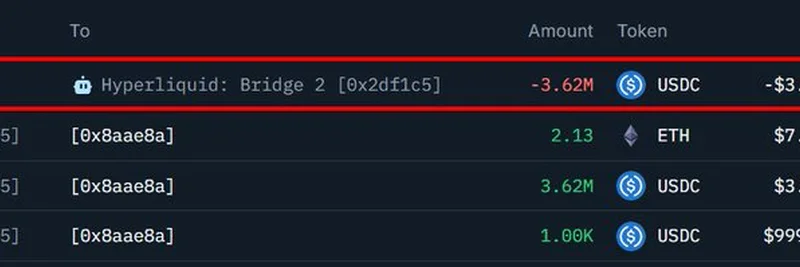Crypto.com's Research & Insights team just dropped their weekly DeFi and L1/L2 update on X, and it's packed with exciting developments that could shake up the crypto world—especially for those of us keeping an eye on meme tokens. Posted by @cryptocom_rni, the tweet highlights three major highlights: a massive boom in liquid staking, a new stablecoin launch from Wyoming, and Japan's push toward its first yen-pegged stablecoin. Let's break it down step by step and see why this matters for blockchain practitioners and meme enthusiasts alike.
The Explosive Growth in Liquid Staking
First up, liquid staking has smashed through a new milestone, reaching a whopping $86 billion in Total Value Locked (TVL). That's a 48% increase just since the beginning of 2025! For the uninitiated, TVL measures the total amount of assets locked into a protocol or ecosystem—think of it as a gauge of how much trust and capital users are pouring in.
Liquid staking itself is a game-changer in DeFi. Unlike traditional staking, where your tokens are locked up and unusable while earning rewards, liquid staking lets you stake your assets (like ETH or SOL) and receive a liquid staking token (LST) in return. This LST can be traded, lent, or used in other DeFi protocols, giving you liquidity without sacrificing those sweet staking yields. Popular platforms like Lido and Rocket Pool have pioneered this, but it's exploding across chains now.
Looking at the chart shared in the tweet (sourced from DefiLlama and Crypto.com Research), you can see the TVL climbing steadily from under $20 billion in early 2023 to this record high. Dips and peaks align with market cycles, but the overall uptrend screams adoption. Why the surge? Blame it on improving tech, like restaking protocols on EigenLayer, and the broader push for yield in a maturing crypto market.
For meme token fans, this is huge. More liquid staking means more capital flowing freely in DeFi, which can amp up liquidity pools on DEXs like Uniswap or Raydium. That translates to easier trading for volatile meme coins, potentially reducing slippage and attracting more retail investors chasing the next big pump.
Wyoming's FRNT Stablecoin Goes Multi-Chain
Next, Wyoming is making waves by launching the FRNT stablecoin across seven blockchains. Wyoming has been a crypto-friendly state for years, with laws that support DAOs and digital assets. FRNT (likely short for "Frontier," nodding to the state's pioneering spirit) is designed as a compliant, USD-pegged stablecoin, but its multi-chain deployment sets it apart.
By being available on networks like Ethereum, Solana, Polygon, and others (the tweet doesn't specify which seven, but expect major ones), FRNT aims to bridge liquidity silos. This could make cross-chain transfers smoother and cheaper, which is a boon for DeFi users tired of high gas fees and slow bridges.
In the context of meme tokens, stablecoins like FRNT provide a safe haven during market dips. Traders can park funds in FRNT to avoid volatility, then quickly swap back into meme coins when the timing's right. Plus, with regulatory backing from a U.S. state, it adds a layer of legitimacy that could draw institutional money into the space, indirectly boosting meme ecosystems on those chains.
Japan's First Yen-Pegged Stablecoin on the Horizon
Rounding out the update, Japan's Financial Services Agency (FSA) is gearing up to approve JPYC, the country's first official yen-pegged stablecoin. JPYC has been around as a non-regulated token, but this approval would make it compliant under Japan's strict crypto rules, opening doors for wider adoption.
Why does this matter? Japan is a massive economy with a tech-savvy population, but crypto regulations there have been cautious post-Mt. Gox. A regulated JPY stablecoin could facilitate easier on-ramps for Japanese users into global DeFi and NFTs—including meme tokens. Imagine seamless yen-to-crypto swaps for buying into the latest Solana meme craze without forex headaches.
This move also signals broader Asian adoption, which could spill over into Korean and Chinese markets (where I'm fluent, by the way). For blockchain practitioners, it's a reminder to watch regulatory shifts—they often precede big capital inflows.
What This Means for the Meme Token Ecosystem
At Meme Insider, we're all about decoding how these macro trends affect the wild world of meme tokens. The liquid staking boom injects more liquidity into DeFi, making it easier to launch and trade memes on staked assets. New stablecoins like FRNT and JPYC add stability and accessibility, potentially onboarding more users from traditional finance.
If you're a meme token creator or trader, keep an eye on how these protocols integrate. For instance, could we see meme-themed LSTs or stablecoin pairs for viral coins? The possibilities are endless.
Stay tuned for more updates, and check out Crypto.com's full research here for deeper dives. What's your take on these developments? Drop a comment below or hit us up on X!



